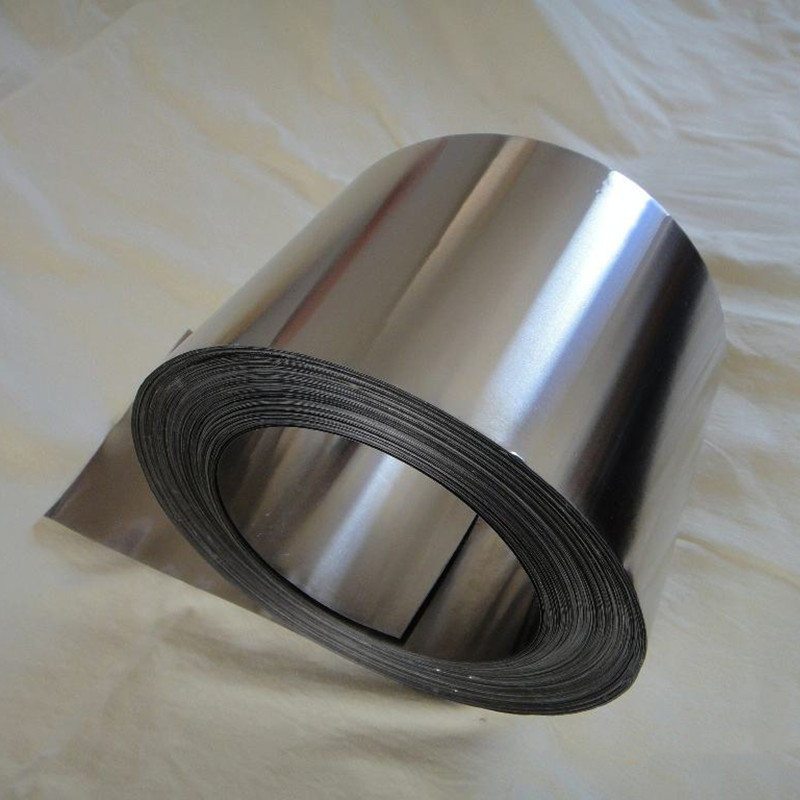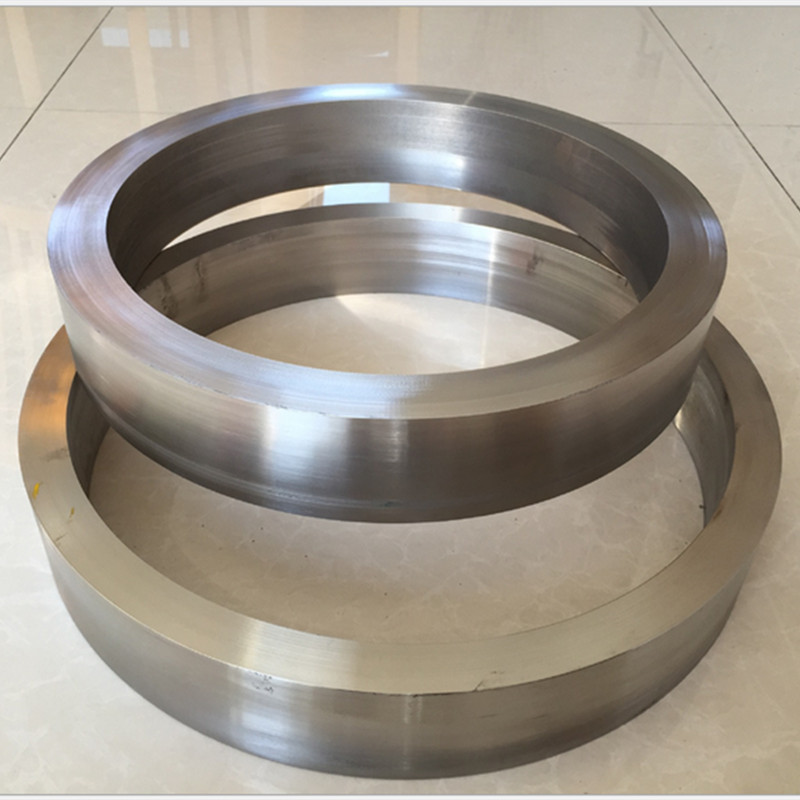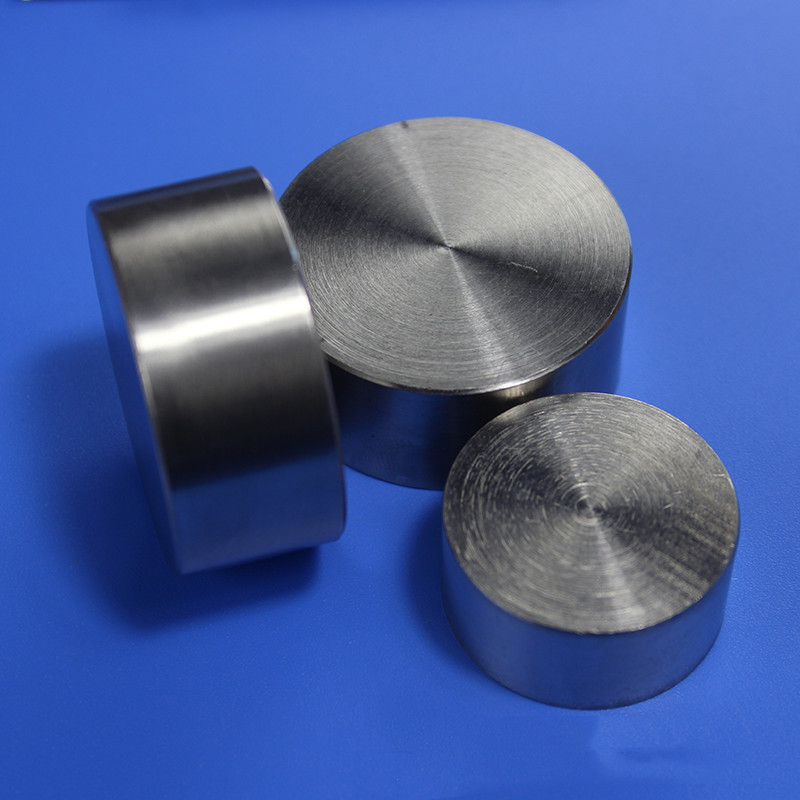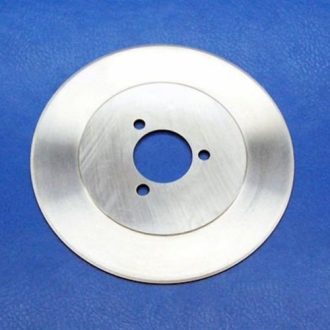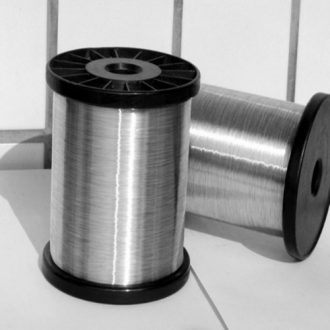NiCr Nickel Chrome Alloy
|
Parameter |
Details |
| Common Grades |
Ni80Cr20 (UNS N06003), Ni60Cr15 (UNS N06004), NiCr20AlSi (sulfur corrosion-resistant) |
|
Composition (%) |
Ni: 60–80 / Cr: 15–23 / Fe ≤1.0 / Mn ≤0.5 / Trace Elements (e.g., Al, Si) |
|
Max Operating Temperature |
1200°C (oxidizing atmosphere) / 1000°C (reducing atmosphere) |
| Resistivity (20°C) |
1.08–1.12 µΩ·m |
Ni Cr Alloy is a high-performance material with nickel as the matrix and chromium as the core alloying element. Typical grades include Ni80Cr20 (ASTM B344), Ni60Cr15, and improved Ni Cr Fe alloy. Due to its ultra-high resistivity, high temperature oxidation resistance, creep resistance, and excellent mechanical stability, nickel chromium alloy is widely recognized as the core material for electric heating elements, high-temperature equipment, and precision resistors, and is widely used in industrial heating, new energy equipment, aerospace, and other fields.
Advantages of Nickel Chrome Alloy
✅ Excellent high temperature resistance performance
Excellent oxidation resistance: Chromium element forms a dense Cr ₂ O3 oxide film at high temperatures (≤ 1200 ° C), effectively blocking oxygen diffusion, and increasing the oxidation resistance life by more than 5 times compared to ordinary alloys.
Excellent creep resistance: It maintains high strength and resistance to deformation even at sustained high temperatures of 800~1100 ° C, making it suitable for heating components in long-term service.
✅ Accurate and controllable resistance characteristics
High resistivity: reaching 1.08-1.12 μ Ω· m (20 ° C), 70 times that of copper, ensuring efficient conversion of electrical energy to thermal energy.
Low resistance temperature coefficient: The resistance value fluctuates less with temperature (TCR ≤ 50 ppm/° C), ensuring the stability of the temperature control system.
✅ Long service life
Thermal fatigue resistance: After cyclic heating, there are no cracks or fractures, and the service life can reach three times that of ordinary resistance alloys under repeated start stop conditions.
Chemical resistance: Resistant to weak acids, weak bases, and sulfide environments, suitable for chemical heating scenarios.
✅ Flexible processing adaptability
It can be processed into wire (diameter 0.026mm), strip (thickness 0.022mm), foil (thickness 0.001~0.1mm) and customized shaped parts.
Supports annealed state (soft state) or cold drawn state (hard state), suitable for various process requirements such as winding, welding, stamping, etc.
Specifications & Technical Parameters of Nickel Chromium Alloys
| Parameter | Details |
| Common Grades | Ni80Cr20 (UNS N06003), Ni60Cr15 (UNS N06004), NiCr20AlSi (sulfur corrosion-resistant) |
| Composition (%) | Ni: 60–80 / Cr: 15–23 / Fe ≤1.0 / Mn ≤0.5 / Trace Elements (e.g., Al, Si) |
| Max Operating Temperature | 1200°C (oxidizing atmosphere) / 1000°C (reducing atmosphere) |
| Resistivity (20°C) | 1.08–1.12 µΩ·m |
| Tensile Strength | Annealed: ≥550 MPa|Cold-Drawn: ≥1200 MPa |
| Elongation | Annealed: ≥25%|Cold-Drawn: ≥2% |
| Surface Treatments | Bright Annealing, Oxide Coating, Pre-Oxidation (pre-formed protective film) |
| Certifications | ASTM B344, IEC 60172, GB/T 1234 |
Applications:
Industrial heating and heat treatment
Electric heating elements: industrial furnace resistance wire, polysilicon melting furnace heating rod, glass fiber drawing furnace body.
High temperature sensors: thermocouple protection sleeve, molten metal temperature measurement probe.
Household and commercial appliances
Small heaters: electric kettle, oven, coffee machine heating coils, rapid warming and not easy to burn.
Thermostats: thermostat springs, thermistor substrates for precise response to temperature changes.
Automotive and Aerospace
Automotive electronics: seat heating wires, diesel particulate filter (DPF) regeneration heaters.
Aerospace anti-icing systems: wing heating elements, resistant to extreme temperature and vibration environments.
New Energy & Electronics
Lithium battery thermal management: module heating pads, equalizing the temperature of the battery cell.
Precision Resistors: High precision shunt and current sampling resistors to ensure stable signal transmission.
Quality Control and Certification
Full traceability: From raw material smelting to finished products, spectral analysis (Ni/Cr content deviation ≤±0.5%), metallurgical testing (grain size 6~8), and high temperature life test (1200°C cyclic oxidation ≥1000 hours) are executed.
International standard: Comply with ROHS, REACH environmental protection norms, passed ISO 9001 quality management system certification.
Customized service: support composition fine-tuning (e.g. adding Al/Si to enhance the anti-sulfureting performance), customization of shaped specifications (microfilament, ultra-thin strip) and pre-oxidation treatment (shorten the pre-treatment time before customer’s installation).
Why choose our Ni-Cr alloy?
🔹 Rigorous selection of raw materials: electrolytic nickel (purity ≥99.9%) and low-carbon ferrochrome are used to ensure the homogeneity of the alloy.
🔹 Precision processing: Precision cold drawing equipment can control the tolerance of wire diameter at ±0.002mm to meet the needs of microelectronic field.
🔹 Quick response: regular wire diameter is shipped within 3 days, complex customized parts are delivered in 10~15 days, and technical support follows up the whole process.
LATEST RECOMMENDED
GET A QUOTE
Send us an Inquiry now to find out more Information and the latest prices,thanks!
Hubei Fotma Machinery Co. Ltd.
Wechat / Whatsapp / Mobile:
+86 13995656368, +86 13907199894
Tel: +86-27-67845266
Email: bunny@fotma.com, export@fotma.com
Address: Guanggu Avenue 52#, Hongshan, Wuhan,
Hubei province, P.R.China. 430074
